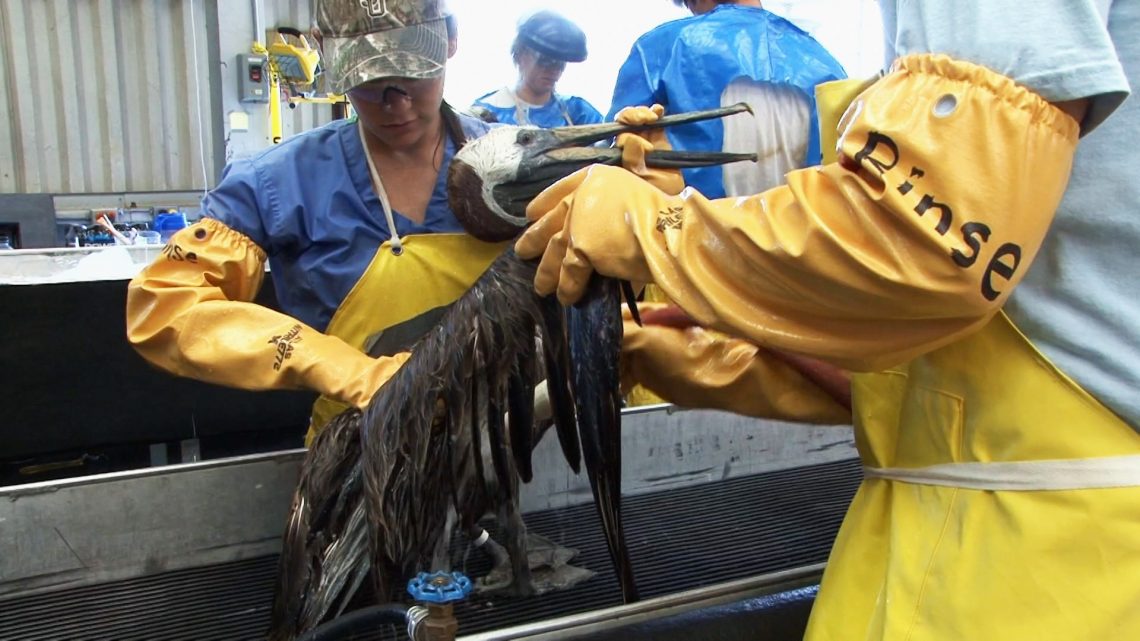
The Biggest Environmental Disaster in U.S. History Never Really Ended
April 21, 2020When the Deepwater Horizon oil rig blew up 41 miles off the Louisiana coast in April 2010, 11 workers died in the explosion, and over the next three months, 210 million gallons of oil poured from the ruptured well into the Gulf of Mexico, unleashing the biggest environmental disaster in U.S. history.
Ten years later, local fisheries are still feeling the impact.
Like thousands of other fishers, Kindra and David Arnesen found themselves without work as Gulf fisheries shut down. Unlike other fishers, Kindra Arnesen very publicly took on British Petroleum for their part in the spill, campaigning for a fair settlement long after the media lost interest.
Today, with fisheries on a slow path to recovery, she still sees no reason to celebrate.
“I think to call this an anniversary is a slap in the face to the families that lost a man on that rig. An anniversary is something you celebrate. I don't think we should celebrate this,” she said. “We're still living with it. And we'll continue to live with this for the rest of our lives.”
After the spill, thousands of oilfield workers, fishers, and coastal residents stepped in to help with the cleanup. Many of those workers were not fitted with appropriate personal protective equipment like respirators, and were exposed to crude oil and to a potentially hazardous chemical product called Corexit.
Corexit is a dispersant. It breaks up the oil, removing it from the surface, and it’s approved for use in oil spill emergencies by the EPA. But its effects on humans weren’t well studied before BP applied at least 1.8 million gallons of the product above and below the ocean’s surface.
David Arnesen was exposed to Corexit when he went on a last shrimping trip before oil flooded the fishery.
“16 crewmen went out. Most of them returned home before the fishing hours were over because they were becoming ill from smelling it. David got sick after that trip.”
Those acute short-term reactions turned into long-term problems.
Thousands of Gulf Coast residents and cleanup workers have alleged in lawsuits against BP that they, too, suffered health problems as a result of the exposure to oil and Corexit. Ten years later, many are still waiting for answers and, as new health problems emerge, so do new lawsuits.
“We kind of learned to live sick in our community,” said Arnesen. “As for most people, they've given up on [litigation] at this point.”
But Kindra Arnesen hasn’t given up on litigation entirely. Along with Alaskans who say they’re still feeling the fallout from the Exxon Valdez spill in 1989, and the dispersants used to clean it up, she joined a lawsuit this year against the U.S. Environmental Protection Agency.
Their aim is to get the agency to revise its contingency plan for oil spills and find a safer product than Corexit to use in the future. A court is expected to rule shortly on whether the plaintiffs’ claims can move forward.
“They're trying to expand oil and gas drilling all over the place. So it's not if it's when this comes to a shoreline near you,” said Arnesen.
British Petroleum and Nalco Water, the manufacturer of Corexit, did not respond to requests for comment.

